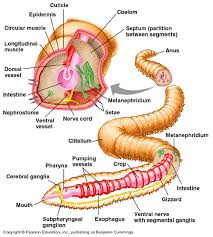Note: Choose the best/appropriate preposition for the following blanks.
01. She writes ______ a Pen.
a) by
b) to
c) From
d) With
02. She gave me advice _______ my loan.
a) with
b) To
c) From
d) about
03. Please follow the ________ instructions.
a) Through
b) above
c) beneath
d) behind
04. We are not allowed to watch television when we are _____ dinner.
a) with
b) in
c) on
d) at
05. Try to learn one step ______ a time, rather than three or four _____ once.
a) in , at
b) at , at
c) in , at
d) at , in
01. She writes ______ a Pen.
a) by
b) to
c) From
d) With
02. She gave me advice _______ my loan.
a) with
b) To
c) From
d) about
03. Please follow the ________ instructions.
a) Through
b) above
c) beneath
d) behind
04. We are not allowed to watch television when we are _____ dinner.
a) with
b) in
c) on
d) at
05. Try to learn one step ______ a time, rather than three or four _____ once.
a) in , at
b) at , at
c) in , at
d) at , in


